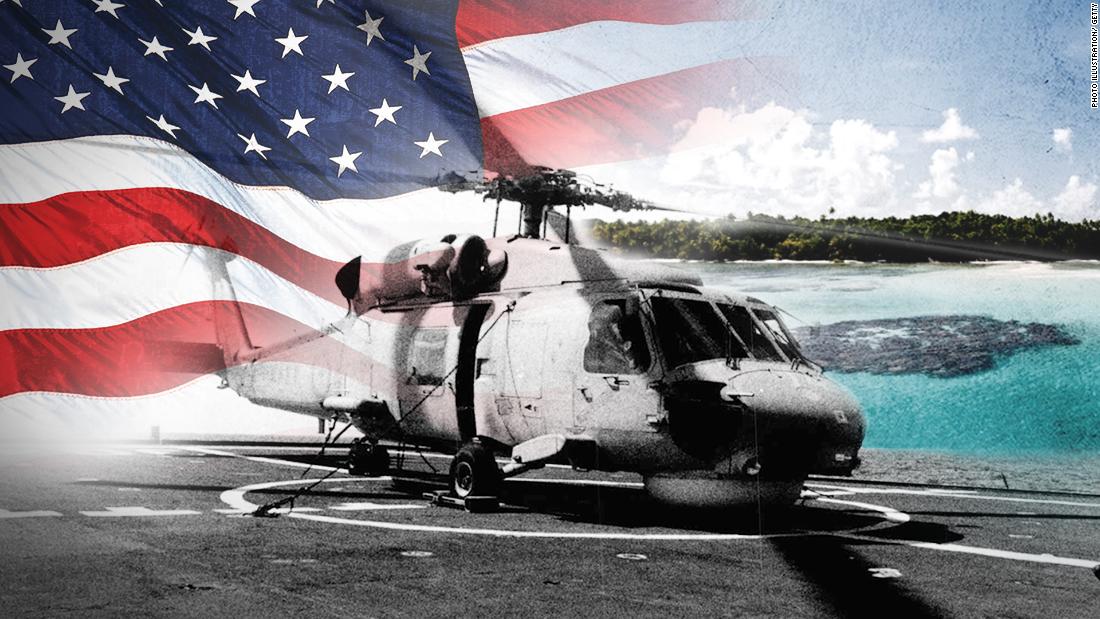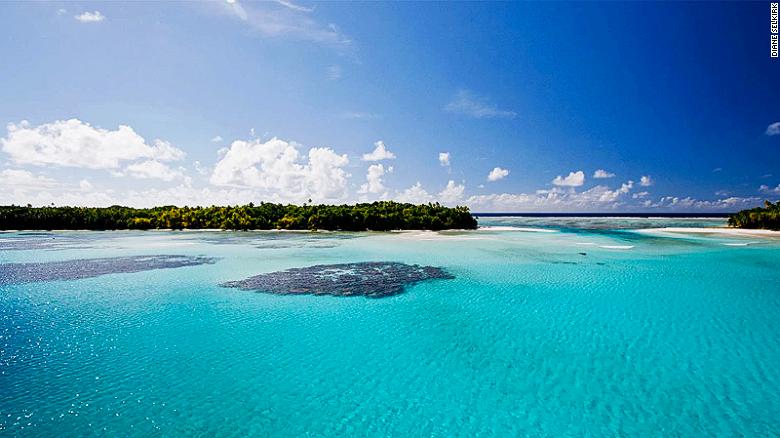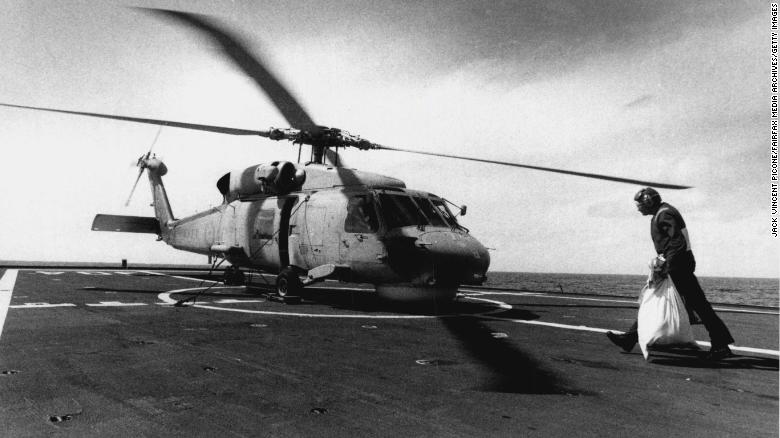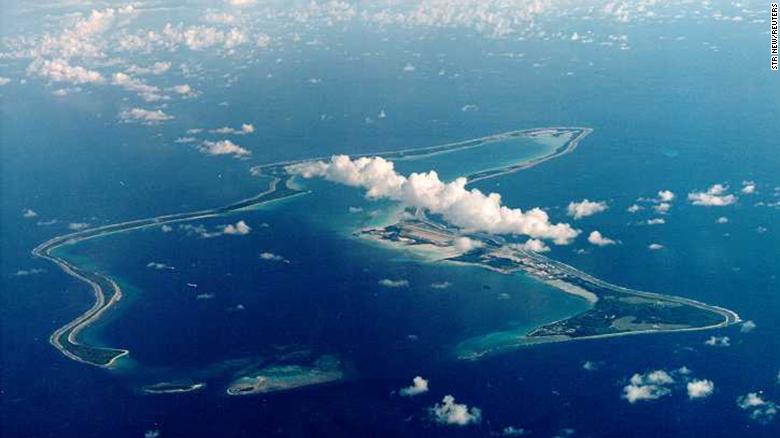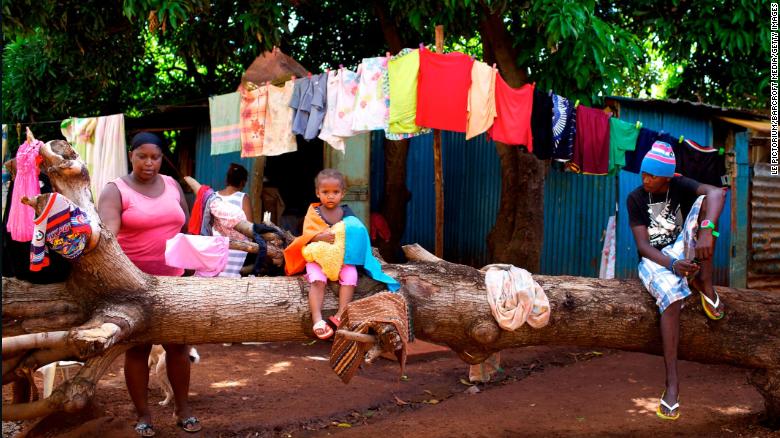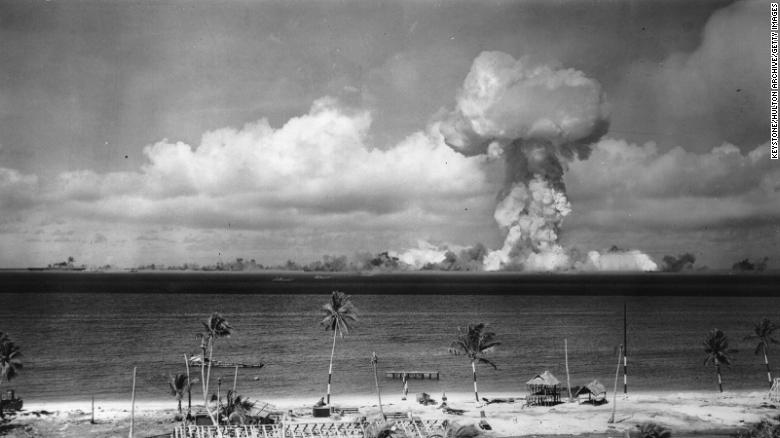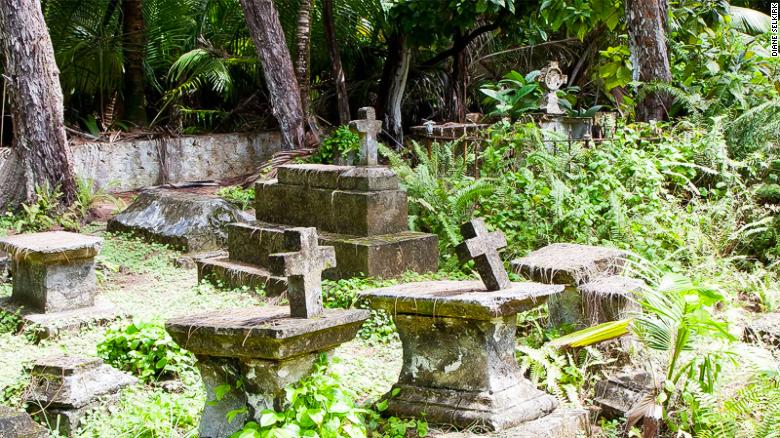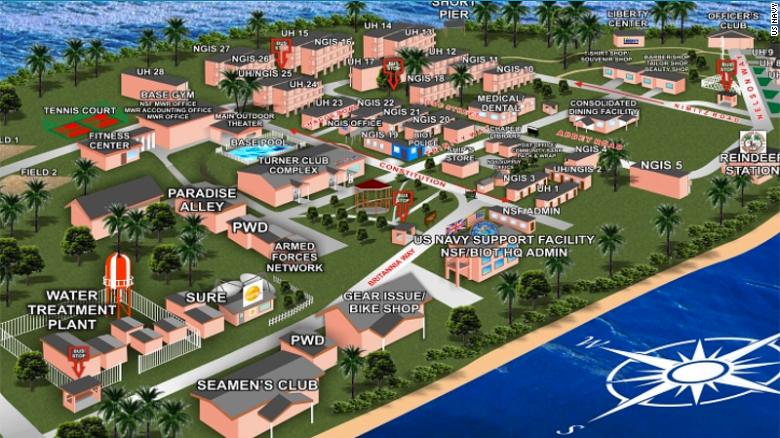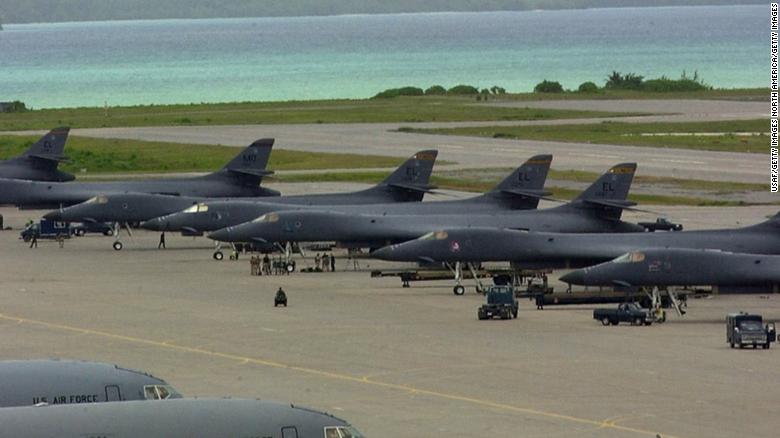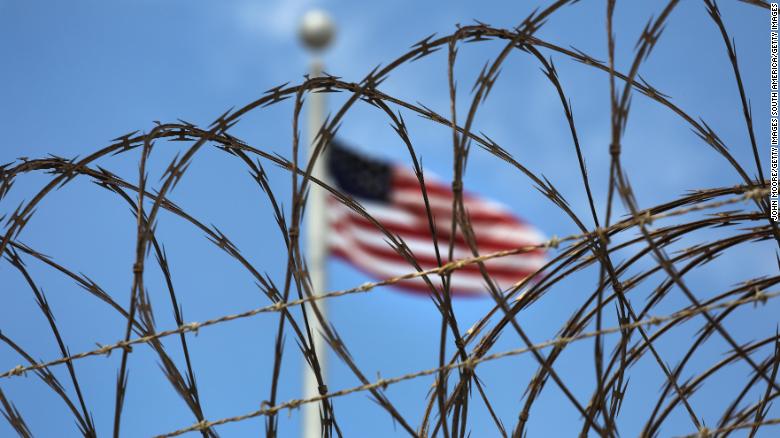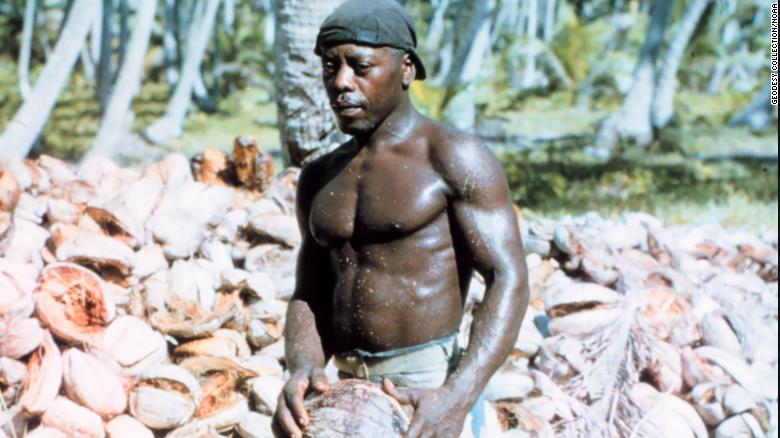...........Continue from previous post............
Life on Diego Garcia
The hedge the Americans took on Diego Garcia soon began to pay off.
After the overthrow of the Shah of Iran in 1979, Diego Garcia underwent the
of any US military location since the Vietnam War, becoming fully operational in 1986.
One of the first things the US military did was deepen the harbor, says CNN military analyst Cedric Leighton, who was stationed on a US base on the island of Guam in the Western Pacific in the 1990s, from where he provided logistical support to Diego Garcia.
A map of downtown Diego Garcia. Indigenous Chagosians were removed from the island so the base could be built.
Today, that harbor is big enough for an aircraft carrier to use, says Vine. "There are also massive pre-positioned ships in the lagoon, each about the size of the Empire State Building, filled with enough weapons and supplies for material tanks, helicopters for an entire brigade of Marines."
The military also built a 12,000-foot (2 mile) long runway capable of hosting B-1, B-2 and B-52 bombers.
Within weeks of the attacks on the World Trade Center and the Pentagon on September 11, the base received an additional 2,000 Air Force personnel, says Vine, and a 30-acre housing facility was built for the newcomers named Camp Justice.
A row of B-1 bombers sits on the tarmac at the US base on Diego Garcia in 2001.
Diego Garcia is also one of a handful of stations running the US military's Global Positioning Systems. "If there is any type of conflict in space, Diego Garcia is important in the physical sense and the communications sense," says Leighton.
"One of the jokes about Diego Garcia is that it's basically a floating aircraft carrier. You could almost say the same about Guam," he adds.
But, of course, Guam has a local population, a civilian airport, doesn't boast such close proximity to the Middle East -- and crucially doesn't have such a remote location.
Secret base
Thanks to being miles from anywhere, Diego Garcia has become notorious for its mystery.
Leighton says that while military personnel based on Guam could bring their spouse, those working on Diego Garcia, which is just 38 miles long, had to go alone.
No journalists have ever been, although a
correspondent filed a dispatch from the tarmac, after he touched down there for a quick refueling stop while aboard Air Force One with President Bush. The reporter described it as "paradise in concrete."
The only people permitted onto the island outside military personnel are the largely Mauritian and Filipino contract staff, who cook and clean for the Americans.
The reason for a level of secrecy higher than on nearly any other US military facility -- even Guantanamo Bay, which journalists have been allowed to visit -- has caused many to question what happens at Diego Garcia.
Razor wire tops the fence of the US prison at Guantanamo Bay on October 23, 2016 at the U.S. Naval Station at Guantanamo Bay, Cuba.
In 2008, after years of denials and claims that the relevant flight logs had been damaged by water, the British government finally admitted that two CIA rendition flights containing detainees had transited through Diego Garcia in
.
Lawrence Wilkerson, who was chief of staff to US Secretary of State Colin Powell between 2002 and 2005, later told
that his CIA contacts had indicated "interrogations took place" on Diego Garcia as part of the CIA's rendition efforts.
The US Senate's damning 2014
on CIA black sites, the culmination of a five-year investigation that shed light on the CIA's interrogation techniques, did not mention Diego Garcia.
In 2008, then CIA director Michael Hayden said in a
: "There has been speculation in the press over the years that CIA had a holding facility on Diego Garcia. That is false. There have also been allegations that we transport detainees for the purpose of torture. That, too, is false. Torture is against our laws and our values."
Human rights investigators have long been banned from visiting.
The future
The ruling from The international Court of Justice last week is not legally binding, meaning Britain could choose to ignore it.
The matter of who holds sovereignty over the Islands, located more than 2,000 miles off the east coast of Africa, will now be debated by the United Nations General Assembly -- which referred the case to the ICJ despite London's protests.
Stephen Robert Allen, who specializes in international law relating to the Chagos Islands, says that "it will be a very significant thing if the UK decided to ignore such a ruling."
"As the UK forges a path post Brexit these political matters are going to be significant. Adhering to the international rule of law is going to be even more important than it would have been otherwise," he adds.
Pravind Jugnauth, the prime minister of Mauritius, called the ruling a "historic moment for Mauritius and all its people" and said that it paved the way for the Chagossians and their descendants to "finally be able to return home" -- something they have been campaigning for legally for decades.
The Mauritian government did not respond to CNN's emails and phone calls.
An unnamed Diego Garcian at the time of the US encampment, in 1971.
CNN emails and phone calls to the UK Foreign Office requesting comment on the rendition at Diego Garcia and the expulsion of the people of the Chagos Islands were not returned.
For Emmanuel Ally, a 21-year-old law student living in London who was born in Mauritius after his family was evicted from the Chagos Islands, it's not even about being able to repatriate to Chagos.
"It's not about going back anymore because it's been so long," he says. "The question would be about having a country you could visit or go and stay there. Just knowing that the island is not a military base anymore would be great."
Leighton, who was based in Guam, believes the chances of Mauritius evicting the Diego Garcia military base is minimal, as leasing it would earn the government important revenue and, potentially, military protection.
But there is nothing to say that the Mauritians will continue to lease the base to the same country.
"This could potentially get into an area where there is a degree of competition between the US and China when it comes to access to the Indian Ocean," he says.
For Isabol Charlot, who now resides in London, the dream is for Chagosians to be allowed to return to Chagos. "Already, Diego Garcia has people living there. So why can't I as well?"

